DIRECTOR-GENERAL OF THE WHO SPEAKS TO THE SERBIAN MEDIA FOR THE FIRST TIME: Coronavirus will be under control when 70% of people are vaccinated
If we apply and implement all the public health measures, further lockdowns would not be needed * All vaccines that have received WHO Emergency Use Listing are safe and effective in preventing severe disease and death, including against the Delta variant
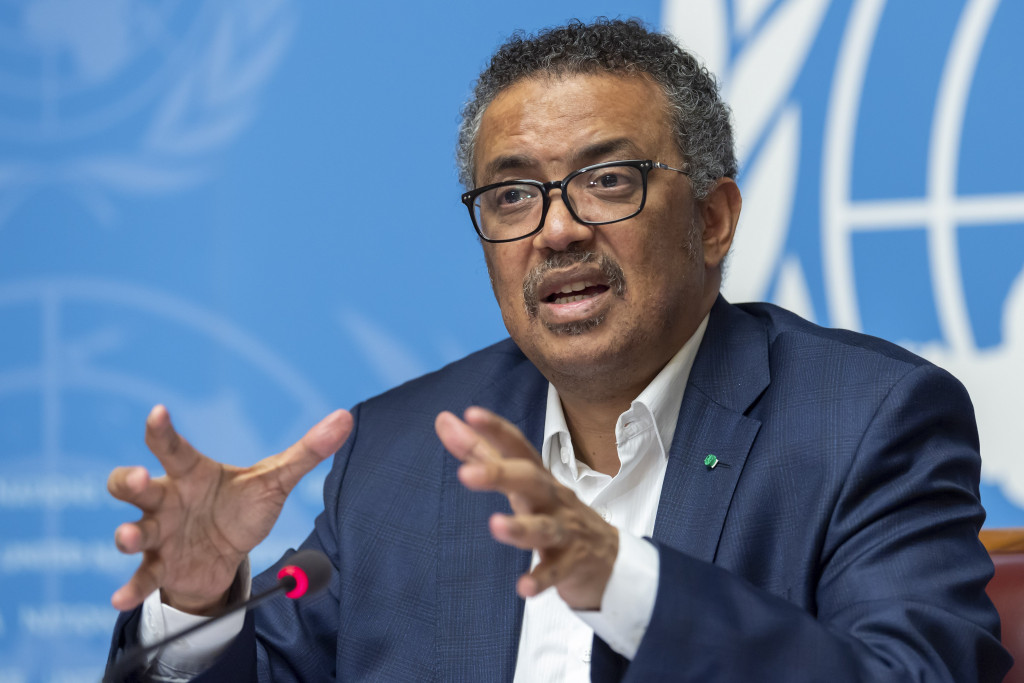
Foto: Tanjug/AP
The pandemic will last as long as the international community allows it to. Ending the pandemic depends on the behaviour of each and every one of us, from governments and vaccine manufacturers, to experts, journalists and analysts...
It is clear that we have the tools to end the pandemic, including safe and effective vaccines that were developed, thanks to the collaboration of scientists and other experts around the world, in record time. However, the problem is we have not seen the same solidarity when it comes to sharing vaccines equitably with the world's most vulnerable people, Tedros Adhanom Ghebreyesus, the Director-General of the World Health Organization, pointed out in his exclusive interview with Srpski telegraf and Republika.
Dr. Tedros points out that the pandemic will be overcome when we reach the goal of 70 percent of vaccinated population, and that the objective of the WHO, but also that of all the countries is the increase in the number of people who received some of the recognized vaccines:
- We do know that the more people we get vaccinated around the world, the more difficulty the virus will have to circulate, and the less chance there will be of variants emerging and circulating. That is why it is imperative that we raise vaccination rates around the world: our goal is to see 40% of the people in every country vaccinated by the end of the year, and 70% by mid-2022.
Would there be more lockdowns? Which recommendations and measures could we expect in the coming period?
- Considering the tools we have now, lockdowns would not be needed if the public health measures were implemented effectively, consistently and in accordance with local conditions, context and the level of community risk. If we properly use the tools we have, we can avoid lockdowns. But this requires the scaling up of equitable access to vaccines and adherence to proven public health measures that control virus transmission, including physical distancing, mask wearing, ventilation and opening windows and practicing proper hand and respiratory hygiene. We know more about the virus, and we know how to contain it. Lockdowns should be the last resort.
Commendations to Serbia for vaccination rates and shown solidarity
How would you assess the measures adopted by Serbia in prevention of the pandemic?
- Serbian authorities have quickly repurposed the health sector so all COVID-19 patients could receive critical care. A dual track system was maintained to the extent possible, to enable also other critical health care services. Public health measures should follow the intensity of the waves to curb the transmission.
How would you grade Serbia regarding its vaccination efforts?
- Serbia quickly secured vaccines initially and a leading country based on the percentage of vaccinated people. Today, Serbia is above the global average, and has reached the global goal of 40% of vaccinated people before end of 2021. It needs to work hard in this area, to reach the second goal – 70% of vaccinated population before middle of the next year. Serbia has also shown great solidarity, as it vaccinated many foreigners and migrants; additionally, it donated vaccines to many countries.
The decision on lockdowns is up to each individual country or state. However, we do know that, if sound public health measures such as mask wearing, physical distancing and frequent hand-washing are observed, there will be less need to impose lockdowns.
Will the third (booster) dose be obligatory?
- We are aware that some individuals may benefit from the third dose, however we do not recommend the administration of booster doses anywhere before the end of the year: having in mind the global situation, it is more important to ensure that we reach our target of vaccinating 40% of all people in every country before the end of the year. Third doses may be necessary for the most at-risk populations, where there is evidence of waning immunity against severe disease and death - such as the very small group of immunocompromised people who did not respond sufficiently to their initial doses, or are no longer producing antibodies. But for now, we do not want to see widespread use of boosters for healthy people who are fully vaccinated.
Foto: Tanjug
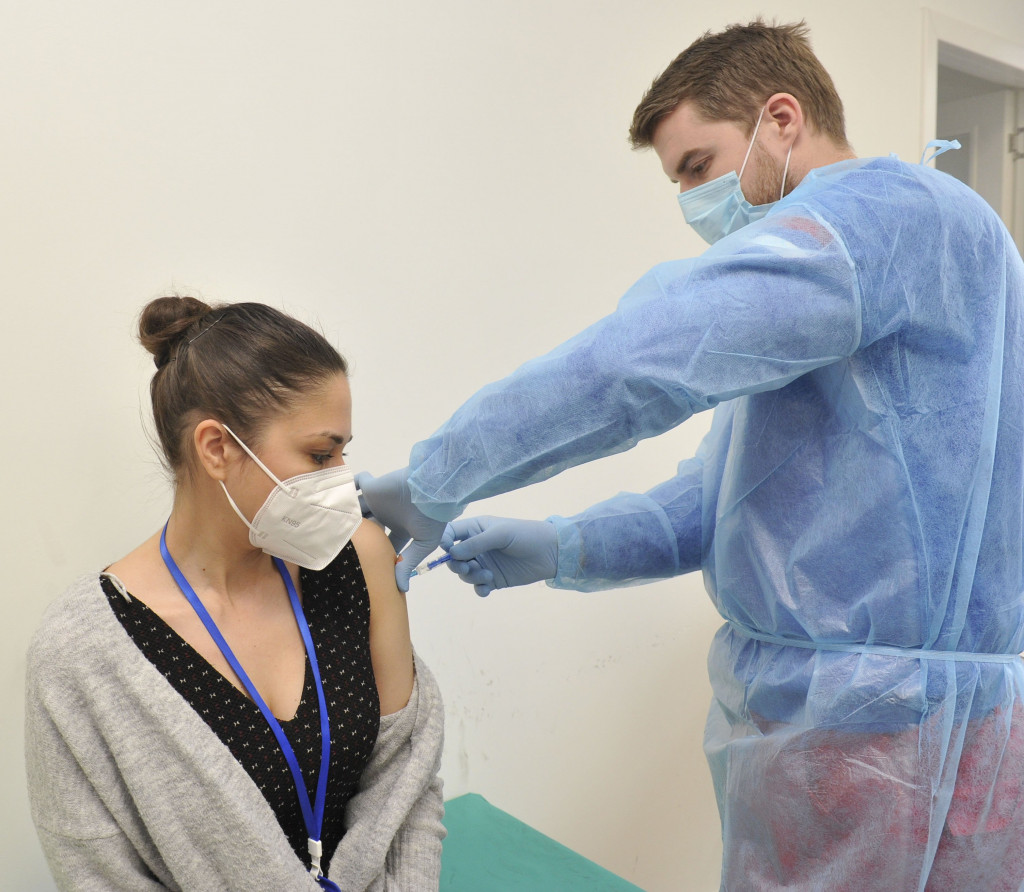
What is your opinion on mixing the different vaccines? For example, after taking two doses of Chinese Sinopharm would it be good to take Pfizer vaccine as a booster dose?
- We are assessing the potential of the benefits and safety of mixing vaccines. The only combination that WHO has provided advice on is with the Astra Zeneca vaccine followed by a mRNA vaccine, for which there is data. WHO is working with experts at the need for boosters, which can vary by vaccine, viral variants, age, and other demographic factors. WHO will update our guidance on combination vaccines as we get more data. What is important is the need to ensure more people receive the first course of vaccine before we start giving boosters to the broader population.
Do you have any information whether the Chinese and Russian vaccines would soon receive the green light and official recognition in the West?
- WHO works closely with vaccine manufacturers and governments on the efficacy and safety of vaccine candidates through the Emergency Use Listing process. WHO Emergency Use Listing follows a rigorous process based on internationally recognized standards. All vaccines that have received WHO Emergency Use Listing are safe and effective in preventing severe disease and death, including against the Delta variant.
WHO has already listed the Pfizer/BioNTech, Astrazeneca-SK Bio, Serum Institute of India, Astra Zeneca EU, Janssen, Moderna and Sinovac and Sinopharm vaccines for emergency use. Assessments are ongoing for other vaccines, including the Sputnik V vaccine.
Masks protect us from new variants
When will we stop wearing masks?
- Mask use depends on local risk levels, which health authorities must assess depending on their community and national contexts. This requires regular evidence- and science-based risk assessments that then guide the actions of health authorities. However, the emergence of new, more infectious variants of the virus has reinforced the need for governments to continue promoting public adherence to measures that protect people from infection, from mask wearing to physical distancing. Even in communities with high vaccination coverage, it is important that people remain vigilant and follow infection prevention and control measures.
Controlling the pandemic is in our hands. We will have a better chance of putting the pandemic behind us if we strictly follow these public health measures, while at the same time ensuring equitable access of vaccines to all and meet WHO’s targets to support every country to vaccinate at least 40% by the end of this year and 70% of the world’s population by the middle of next year.
There have been many conspiracy theories about coronavirus, including those about its connection with the installation of 5G network. What is your (WHO) answer to these stories?
- There is no connection between the installation of 5G networks and the pandemic. The COVID-19 pandemic and response have been accompanied by a massive 'infodemic' - an over-abundance of information - some accurate and some not - that makes it hard for people to find trustworthy sources and reliable guidance when they need it. Misinformation and disinformation are as deadly as the virus itself. WHO has been working throughout the pandemic to counter misinformation. We have partnered with multiple tech partners to detect and limit the spread of misinformation. Through WHO information network for epidemics, EPI-WIN, WHO has been distilling knowledge, managing infodemics, and working directly with a wide range of stakeholders. We are also working with young people and many partners including UNICEF and UNESCO, amplifying youth-led initiatives on combatting misinformation and engaging young people in co-creating COVID-19 communications materials. And we have launched our own apps, one designed to support health workers during COVID-19, and the WHO Info app designed to inform the general public.
Why have we been receiving contradictory guidelines regarding COVID-19, starting from those instructing people not to wear masks?
- The virus is a new virus, and there were many unknowns. Since the very beginning of this crisis, WHO and health authorities around the world have gathered more and more knowledge, and this has contributed to the constant updating of our advice. From the first reports of cases of this new respiratory virus, WHO has shared extensive guidance on measures to protect people from infection, including in terms of using masks. In January 2020, for example, WHO issued guidance for healthcare workers on measures to prevent infection, including in terms of mask wearing.
We have also seen that in some countries, measures like mask-wearing and vaccination have become political issues, and opportunities for the spread of misinformation. This has complicated efforts in some locations for science-based awareness raising efforts to inform and guide the actions of the broader public.
Several other factors have been at play as the pandemic evolved, including access to sufficient supplies of masks and other personal protective equipment, and new evidence and understanding on this novel virus. Throughout the pandemic, WHO has stressed the need for adherence to a wide range of public health measures to control virus transmission, from physical distancing, hand hygiene and mask wearing, to testing, contact tracing and isolation. To stop the spread, we need to do it all.
"Tamo daleko" brings back good memories
We heard that you have many friends in Serbia and that you even know how to sing "Tamo daleko" in Serbian. Is it true?
- Yes, I do have many friends in Serbia, including Ivica Dačić, the President of the National Assembly and former foreign minister, who I learned the song “Tamo daleko” from during one of my visits to your beautiful country. It brings good memories.
Do you know anything else in Serbian?
- Hvala! But I wish I could speak more.
RESUME
Tedros Adhanom Ghebreyesus
Born on 3 March 1965 in Asmara, where he received a Bachelor of Science degree in biology
Continued his education in Great Britain. At the London School of Hygiene & Tropical Medicine he was awarded a Master of Science degree in immunology of infectious diseases in 1992
He earned a Doctor of Philosophy degree in community health from the University of Nottingham
From 2005 to 2012 he was the Minister of Health of Ethiopia
He served as the Minister of Foreign Affairs of Ethiopia from 2012 to 2016
He was presented with the Order of the Serbian Flag by the former Serbian President Tomislav Nikolic
He has been the Director-General of the World Health Organization since 2017
At the election for the WHO Director-General Tedros was the leading candidate in all three rounds
In the last round of voting he received 133 votes, while his competitor, the British doctor David Nabarro, had 50 votes
Poštovani čitaoci, možete nas pratiti i na platformama:
Facebook,
Instagram,
YouTube,
TikTok,
Telegram,
Vajber.
Pridružite nam se i prvi saznajte najnovije i najvažnije informacije.
Naše aplikacije možete skinuti sa
Google Play i
Apple AppStore.














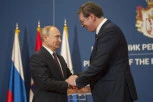
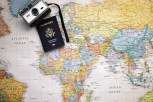
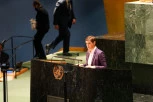











Komentari (0)